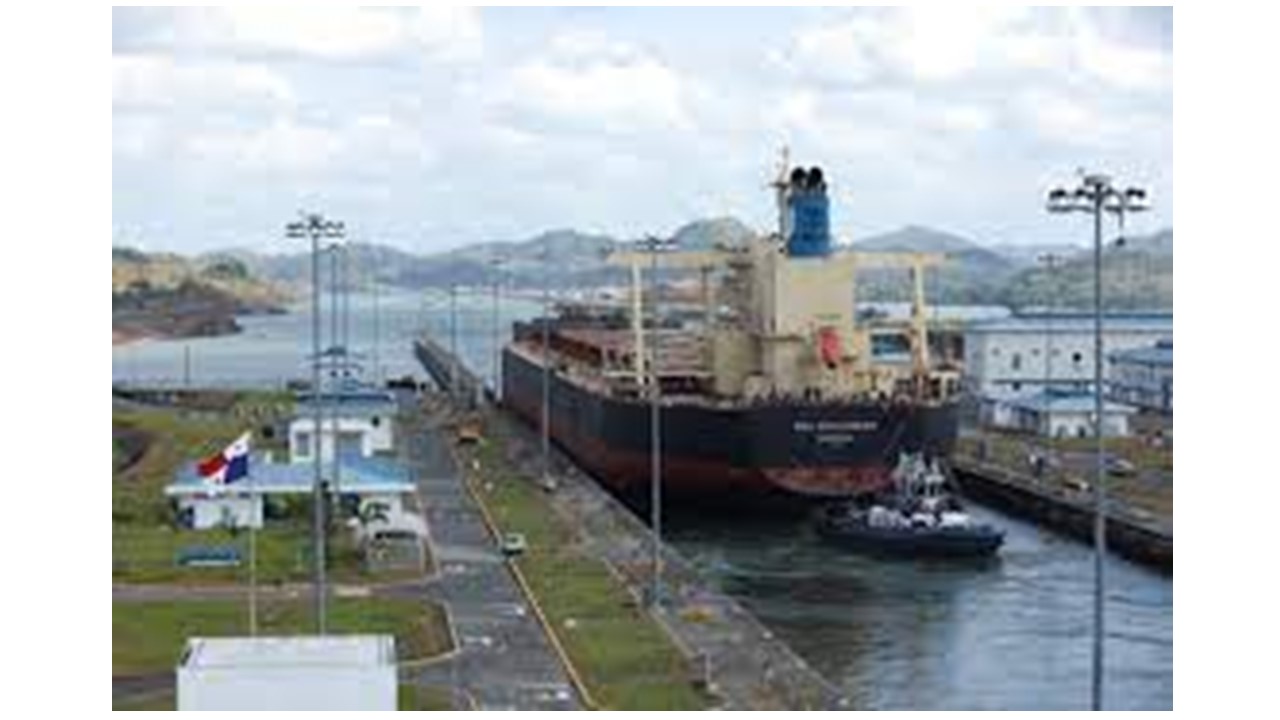Shipping companies go to Suez Canal

The Panama Canal is facing challenges that will determine the relevance of the maritime route. Drought conditions have led to a decline in lake levels, affecting the number of vessel transits using the route. As a result, some shipping companies have chosen to explore alternative routes, even though these may be longer and more expensive compared to the journey through Panama.
A publication in the Journal of Commerce, warns that maritime carriers grouped in THE Alliance will halt transits through the Panama Canal for ships on three of their weekly container services between the United States and Asia until February, opting instead for more maritime routes, long passages through the Suez Canal.
THE Alliance is confirmed by the shipping companies Hapag-Lloyd, HMM, Ocean Network Express, and Yang Ming. This network began joint operations in April 2017. Together, they operate 260 ships, calling at 82 ports.
According to the publication specialized in the maritime sector, Hapag-Lloyd announced that three of its services will use the Suez Canal for their trips to the United States “during the dynamic situation of the Panama Canal.”
It indicates that 10 ships spread across the three services will depart from the port of Busan in South Korea between the end of November and mid-December and will undertake the westward journey, through the Suez Canal, instead of the eastward journey, through the Panama Canal.
“On the return voyage, seven ships from all three services are scheduled to depart U.S. ports starting in mid-November, using the Suez Canal for the return journey.”
Although a source familiar with the situation told the Journal of Commerce that THE Alliance hopes to divert vessels until the end of February, no permanent changes have yet been made to these services.
La Prensa consulted the Panama Canal about the effects of these changes in the route and what they represented for the global operations of the Panamanian route, but it was reported that the information would be collected to be able to deliver it accurately.
Jorge Luis Quijano, former administrator of the Canal, commented that these would be weekly container ship services that are diverted to the Suez route, even if the route is longer and more expensive. In these cases, they are putting reliability above all else and not having to wait days to be able to transit the Canal or pay a very high cost in an auction for a space.
“The Canal has lost its reliability, which is vital for those segments such as container ships, which is the case of this announcement by THE Alliance, which includes several shipping companies that regularly use the Canal,” said Quijano.
The container shipping segment represents more than 45% of the Canal’s income, recalled the engineer, who also estimated that the measures that shipping companies are taking will affect calls at Panamanian ports.
The Panama Canal registered a reduction in the number of daily reservations for the passage of ships. In December it went to 22 daily transits.
The forecast is that by January 2024, bookings will further reduce to 20, reaching a point of 18 daily transits by February 2024.
The operational differences between Suez and the Panama Canal
Just yesterday, the Suez Canal Authority indicated that its operations would not be affected after the collision of the container ship One Orpheus against a bridge and stated that it has regulated movement along this route.
The Suez Canal has been the scene of at least eight incidents this year, although not all events of these characteristics interrupted traffic in the canal, according to the EFE news agency.
On previous occasions, the Panama Canal has explained the differences in the navigation of both routes.
Ships loaded with up to a little more than 23,000 20-foot containers can pass through Suez.
While ships with up to a little more than 15,000 20-foot containers can pass through the Panama Canal. Hence, the size of the ships located on the route through Panama is smaller than via Suez.
In the Suez Canal, the pilot acts as an advisor to the ship during the voyage. Meanwhile, in the Panama Canal, the pilot takes control of the ship, and therefore, the Canal assumes responsibility.





